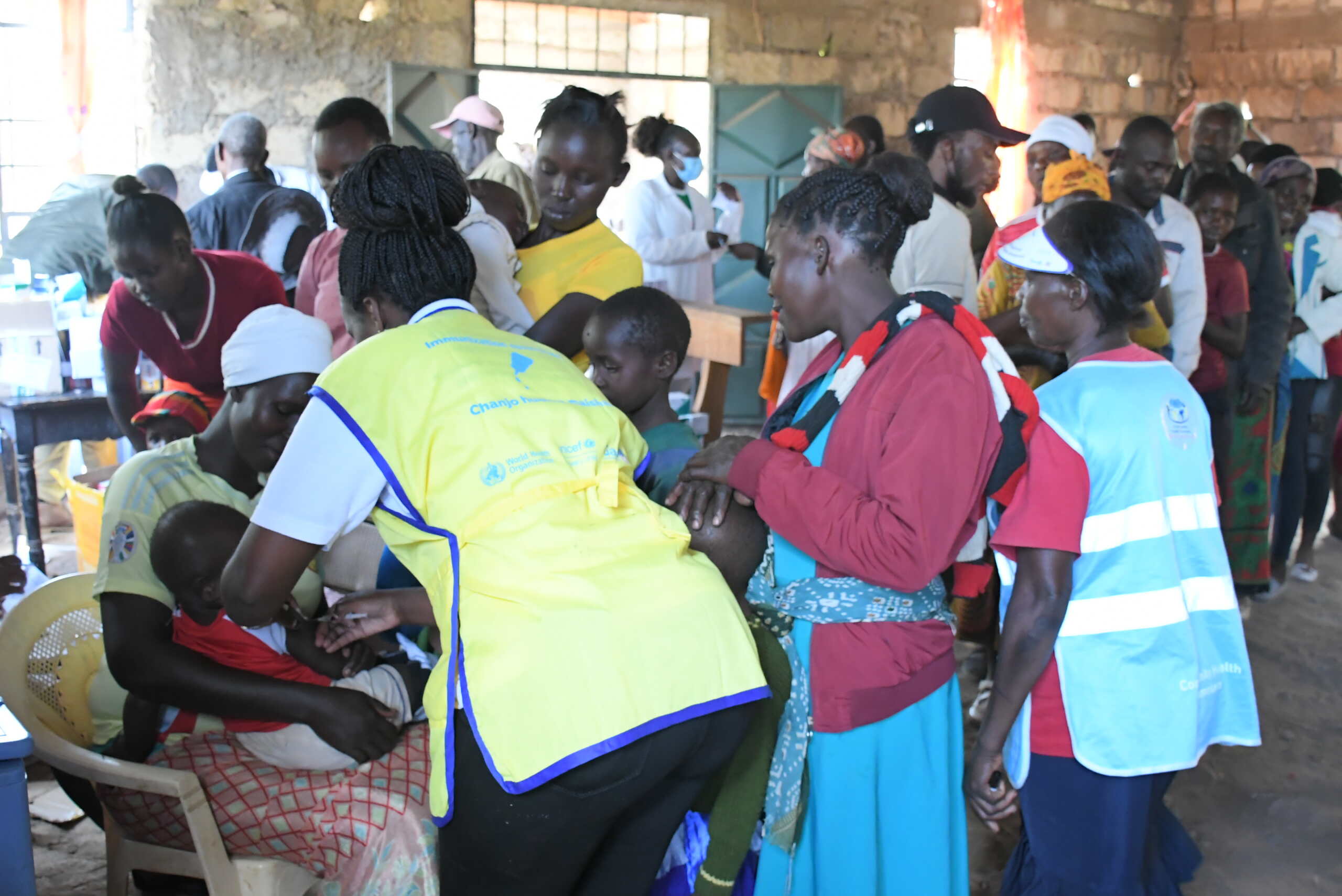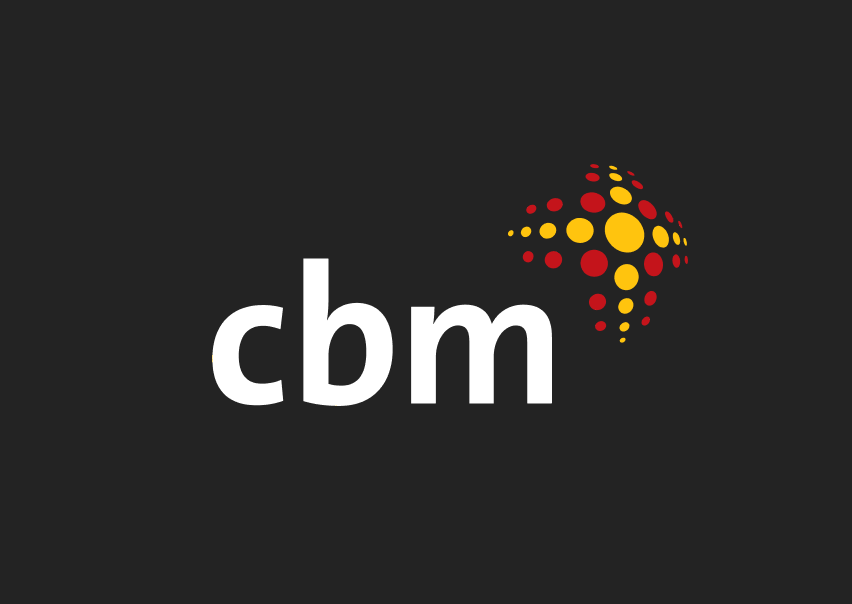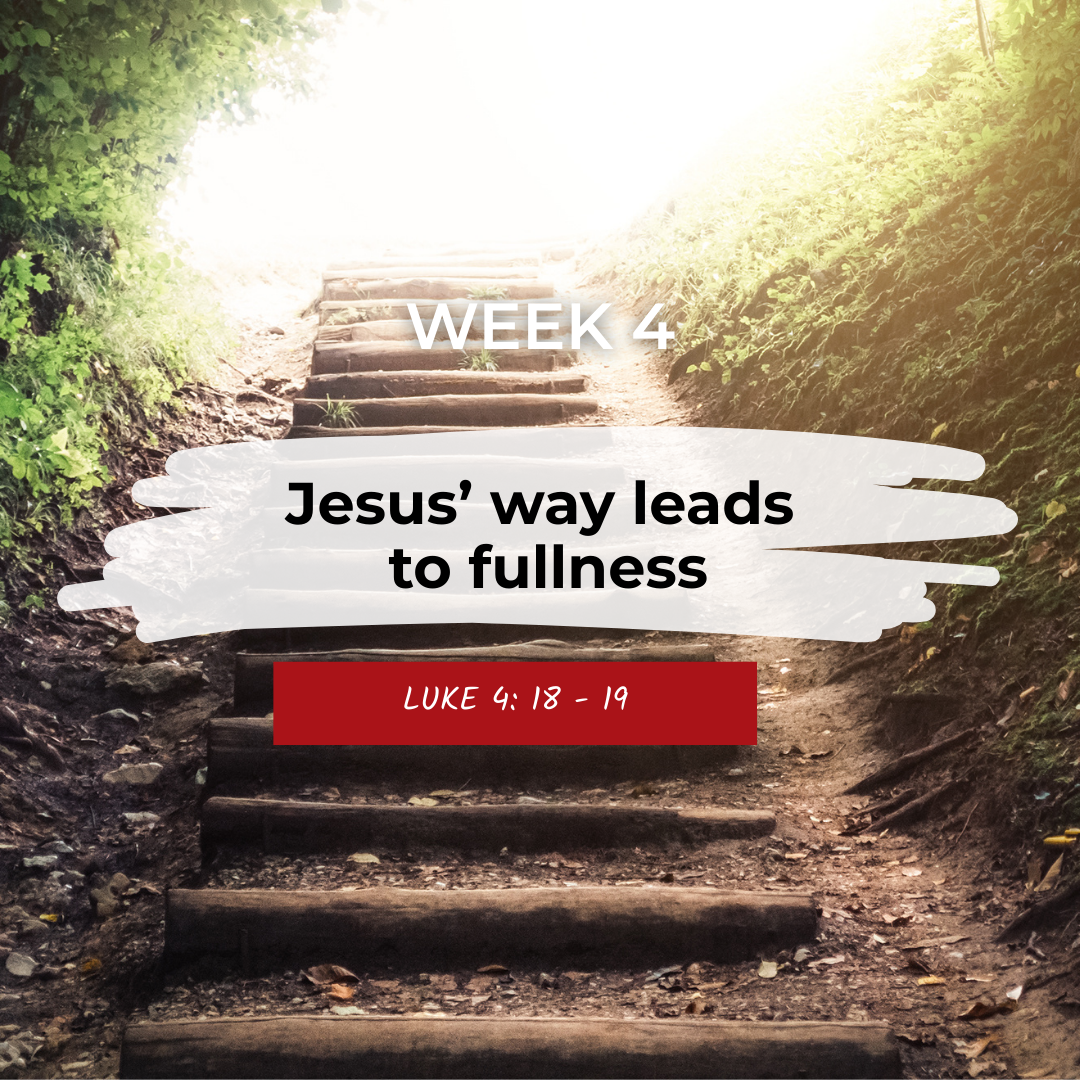Shilpy – Advocating for a disability inclusive approach to disasters
Stories | February 9, 2022
Shilpy is a 32 year old woman from Bangladesh. When she was younger her father was sick for a long time, so to support her family Shilpy left home, travelling to Dhaka to find work in a garment factory. There she had an accident and a needle from a sewing machine went into her eye, causing her to permanently lose vision in that eye.
Over a decade later, living back in her home district of Patuakhali, Shilpy has transformed her life. She is a Union Parishad Member (a member of local government), elected to this position by her community in 2016. She is also a member of a Disabled People’s Organisation (DPO) where she works with other people with disabilities to advance disability rights and inclusion.
Natural hazards are common in Bangladesh and the area where Shilpy lives is particularly disaster prone. Shilpy is a member of a government committee for her local area that undertakes planning and activities to reduce the risks and impacts of disasters.
“As a member of the Ward Disaster Management Committee I try to keep other people safe.” She does this through planning with the Committee and when she hears a disaster is coming she makes sure the disaster shelter is ready for people to use. Shilpy also applied to the government to have a ramp built for her local shelter, so that it’s more accessible for people with disabilities.
Shilpy advocates for people with disabilities to be included in key meetings where planning and decisions around disasters happen.
“As a Person with a Disability I want to say this – in the meeting of the Union Parishad, people with disabilities’ rights should be considered and they should be included… They should be included because the people with disabilities are often neglected and they are excluded. They should be included so that they can be aware about the disasters and by knowing they can prepare for that.”
Shilpy also works on reducing the impact of disasters through her role in the DPO.
“In different meetings in the DPO I try to educate other people with disabilities, what to do if a disaster happens.”
This practice was established through a CBM-supported Disability Inclusive Disaster Risk Reduction (DiDRR) Project that is working to reduce the risk and vulnerability of people with disabilities in disasters. This DiDRR approach has also played a central role in growing disability inclusion in the government disaster committees like the one in which Shilpy is a member.
Shilpy knows firsthand how badly a natural hazard can impact a community. In 2007 she experienced Cyclone Sidr, which caused severe flooding and had a devastating impact on Bangladesh and neighbouring countries.
“I have experienced Sidr here… and how dangerous it can be if people are not aware. My area experienced a huge storm and trees were falling on houses. My son was only 2-3 months old. When I was going to the shelter centre my hair got stuck in a tree branch. It was entangled so badly that my family had to cut my hair to rescue me. A few minutes just after they rescued me a big tree broke down at the spot where I was stuck. I was narrowly saved. It is an experience I always remember. I feel blessed that I survived that incident.”
A DiDRR approach to disasters can have a real impact on the safety of people with disabilities during disasters.
“That day we didn’t have that much awareness [about disasters]… If another disaster happens now, I think I know better what to do. I am now trained and have better knowledge.”
More still needs to be done to reduce the disproportionate impact disasters have on people with disabilities. Shilpy has ideas about how things can be improved.
“Transportation is a big problem for people with disabilities. If anything can be done to move people with disabilities from home to shelter [it] would be good. Accessible toilets and bathrooms for people with disabilities and tube wells for safe drinking water will make people with disabilities’ life easier. When distributing tube wells if we can put people with disabilities first and later others, we need to prioritise the distribution of supplies keeping people with disabilities and their need in mind.”
Most of all, Shilpy knows that in order to achieve truly inclusive planning and responses to disasters, people with disabilities need to be included as equal participants.
“We need to be more aware during decision-making. We need to listen to the opinions of the people with disabilities, not thinking we know better than them.”
Take action now: Join the campaign for disability inclusive disaster risk reduction
The Community Centred Disability Inclusive Disaster Risk Management project receives support from the Australian Government through the Australian NGO Cooperation Program (ANCP).
https://www.cbm.org.au/stories/shilpy-advocating-for-a-disability-inclusive-approach-to-disasters
Related Stories

Coordinating inclusive health outreach in Meru County
For many households in Meru’s rural and remote areas, basic health services are physically...

Share your advocacy preferences with us
Thank you for helping us to advocate for the one billion people with disability globally. CBM Australia advocate across...

Advent 2025: Jesus’ way leads to fullness
The way of Jesus gives people freedom and empowers them to live out their God-given purpose. The last few weeks...
